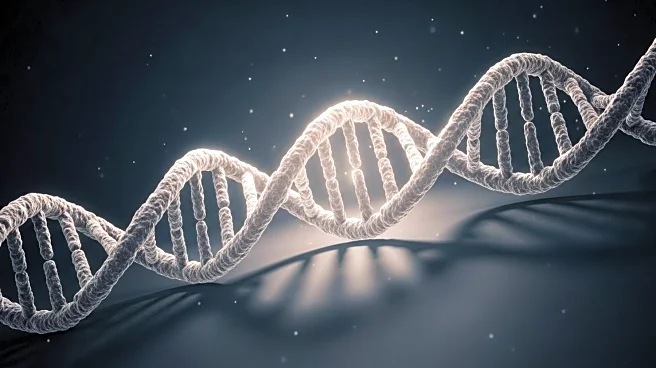What's Happening?
Researchers at the Stowers Institute for Medical Research have unraveled the mechanics of Robertsonian translocations, a common chromosomal abnormality linked to infertility. By using new genome sequencing technologies, scientists discovered that previously overlooked 'junk DNA' plays a key role in chromosome fusion. This breakthrough provides insights into how these genetic rearrangements occur, potentially paving the way for better understanding of genetic diseases and reproductive risks.
Why It's Important?
Understanding Robertsonian translocations is crucial for addressing infertility issues and genetic diseases. The research highlights the importance of 'junk DNA' in human biology, offering new avenues for genetic research. This discovery could lead to improved diagnostic tools and treatments for individuals carrying these chromosomal abnormalities, enhancing reproductive health and genetic counseling.
Beyond the Headlines
The study emphasizes the role of advanced genome sequencing technologies in solving long-standing genetic mysteries. By examining repetitive DNA sequences, researchers can better understand genetic rearrangements and their implications for human health. This research could influence future studies on genetic diseases and contribute to the development of new therapeutic strategies.












